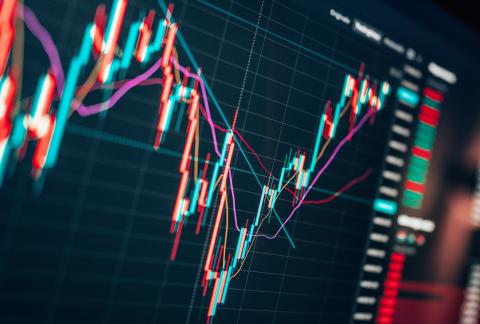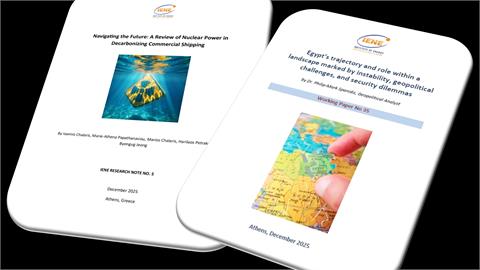Today, the global energy landscape presents a complex and challenging scenario. Despite significant advancements in renewable energy technologies, the world’s energy system remains predominantly reliant on fossil fuels and is likely to remain so in the foreseeable future. On the other hand, this heavy dependence on fossil fuels is of critical concern, considering their role in greenhouse gas emissions and climate change
Today, the global energy landscape presents a complex and challenging scenario. Despite significant advancements in renewable energy technologies, the world’s energy system remains predominantly reliant on fossil fuels and is likely to remain so in the foreseeable future. On the other hand, this heavy dependence on fossil fuels is of critical concern, considering their role in greenhouse gas emissions and climate change.
Renewable capacity, though set to meet 35% of global power generation by 2025, still plays a secondary role in the global energy mix compared to fossil fuels. This disparity highlights the significant challenge of transitioning to a cleaner energy future. In 2023, investments in oil and gas exploration, extraction, and production were expected to set a new record high since 2015, touching nearly $528 billion, keeping the world sufficiently supplied until 2028, as stated by the International Energy Agency (IEA).
On December 13, 2023, the governments of the world met at the COP28 climate talks in Dubai and agreed on what has been described as a “historic” statement, for the first time setting a goal of transitioning away from fossil fuels. That objective could set a change of course for the global energy system. Consumption of oil, gas and coal has been growing, and all three fuels hit new record highs in 2023. But, at the same time, renewable energy has been booming. Production from wind and solar power worldwide in 2023 was about 55% higher than in 2020, according to Wood Mackenzie.
IENE’s Monthly Analysis, which is available here, attempts to shed light on prevailing energy trends, as well as new emerging issues . One of the key points raised in the Analysis is that the market fundamentals of the global energy system are not affected as strongly as they used to by geopolitical factors but are mainly influenced from the perspective of energy demand, supply and stocks.
Of course, delivering on the goals set at COP28 will not be easy, nor will it happen by inertia. Especially since several mainstream global operators are rejecting the very idea of energy transition, as this is propagated by environmental activists and some international institutions. But rather than macroeconomic issues or lack of ambition, progress rests on urgent action to address the barriers that have held back until now progress on critical issues related to the change of the energy mix. These include ensuring stable, positive frameworks for investments, simplifying permitting processes, implementing a truly “green” tax system, bolstering global supply chains to ensure they are robust and secure, investing in green skills to drive the energy transition forward, and promoting the consumption of green products. The anticipated energy transformation may appear massive but it is already under way as noted in this latest IENE Analysis.




